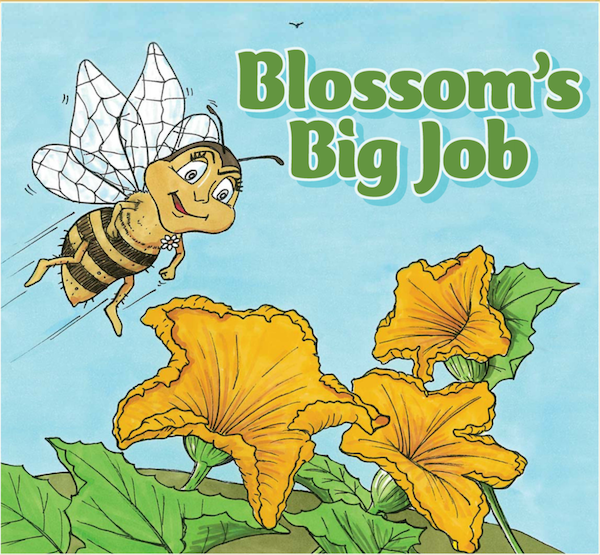
How do we solve the problem of hunger and food security on a global and local scale?
This BIG question can be a tough discussion for teachers and students, often with no straightforward answer. Everybody knows what it feels like to be hungry, but for many students (including some right in your own school) hunger is much scarier, and may mean not knowing where your next meal is coming from. Chances are, someone in your classroom or school may not have had enough to eat; the problem is vast, but often hidden.
Use caution in situations where students may feel uncomfortable discussing their personal experience.
Learning about hunger and food security, both locally and globally, are important lessons for youth, but how do we approach this topic while also addressing the systemic issues which cause food insecurity? What we’ve come to accept is that the affordability of food is at the heart of a food security issue in Canada. Exploring local food charity and supporting your local food bank is a fantastic way to explore this issue with children. Getting physical with food helps to make the ideas of hunger and poverty tangible and easier for children to understand. As teachers, we can also go beyond this basic exploration of hunger and investigate the root causes of hunger, helping students recognize that access to healthy food is a basic human right.
Here are a few ways to get your classroom conversation and learning started (printable download available below):
1. Read and reflect on hunger.
Read-aloud books are a great way to start a conversation about hunger. Look for books with a variety of viewpoints, so that students will be less likely to buy into stereotypes about who is hungry or food insecure and why. Try Maddi’s Fridge by Lois Brandt, Uncle Willie and the Soup Kitchen by DyAnne DiSalvo, Stone Soup by John J Muth or The Good Garden by Katie Smith Milway.
2. Brainstorm the effects of lack of food on physical and mental well-being.
You might start by asking students to remember a time they were hungry in class Was it hard to concentrate? How did they feel? Ask students to consider what the long-term effects would be if someone was hungry all the time. Would someone’s behaviour change? Would there be social consequences? Some consequences discussed could be: nutrient deficiencies, diabetes, obesity, anxiety, tiredness, depression or other physical and behaviour issues. Food security also has social implications, as someone might feel isolated or unable to participate in activities.
3. Define hunger and food security and describe how they are different.
Ask students to write a definition of hunger. You might have students think-pair-share for this activity. After a discussion, let students know that when we discuss hunger, we are talking about the discomfort we feel due to prolonged lack of food. Next, ask students what they think ‘food security’ means. You can look at the UN definition of food security: “Food security exists when all people, at all times, have physical and economic access to sufficient, safe and nutritious food that meets their dietary needs and food preferences for an active and. healthy life” Ask students, how is food insecurity different than hunger? You might talk about what being food insecure means for a person. Points of discussions can be that food insecure people may be forced to skip meals, eat meals that aren’t as nutritious and balanced, worry whether they will have enough food or eat less food because they don’t have money for more.
4. Using real life-scenarios to demonstrate how poverty affects food security.
Students should understand that issues such as low income and poverty influence someone’s access to food. As a class, you may look at local food prices and calculate the average cost of groceries each week. You could compare this cost to the average Canadian income, as well as a family income below the poverty line. Use this as an opportunity to introduce concepts of financial literacy and budgeting for food. Brainstorm with your students about the causes of food insecurity in their community. Some of the causes discussed could be: Poverty (lack of money to buy healthy food); Lack of grocery stores in one’s neighborhood; Lack of transportation to grocery stores; Lack of knowledge about preparing food or budgeting for food.
5. Organize a food drive.
Instead of canned foods, why not coordinate with a local food bank to organize a fresh food drive that students can deliver that same day. This could be an opportunity to approach the intersection of hunger and health with your students.
6. Involve a local farmer.
Go further and see if you can connect with a local farm or garden project and have children glean fresh food from the fields and deliver to a local food bank. This is a great opportunity to discuss the connection between the environment and healthy food production, as well as lessons about who gets access to the freshest food and why. Physically interacting with food helps students to better understand the varied reasons why food security exists, and the importance of ensuring that everyone has access to fresh, healthy food.
7. Broaden the Conversation.
Help kids move from discussions on hunger to conversations on food justice, poverty and inequality, both locally and globally. Discuss how short-term solutions may not always help long-term problems. Explore the differences between learning about an issue, giving support to an issue and talking action to change a systemic cause of the issue. Having conversations about the conditions – economic, environmental, political and more – that lead to hunger in various communities will help kids think through the solutions differently. Let students come up with their own ideas on what to do to deal with the immediate crisis of food security in their communities while working towards long-term solutions.
8. Research local and global organizations working to end food insecurity.
Have students research the solutions these organizations are implementing to combat food security. Have students also brainstorm their own list of solutions. When discussing solutions , differentiate between ‘charity and change’. Combining both approaches helps children understand the value of mobilizing to fight the short-term effects of hunger and food insecurity while also working and advocating towards system-wide change. Some solutions could include: universal breakfast and lunch programs for students, encouraging corner stores to sell healthier foods, increasing minimum wage and creating employment opportunities, food banks and meal programs, educating friends and neighbors, food preparation and financial literacy education, attracting supermarkets to underserved areas or creating mobile food markets. Discuss – what solutions do you think are most important? Who is responsibility for addressing hunger and food security?

